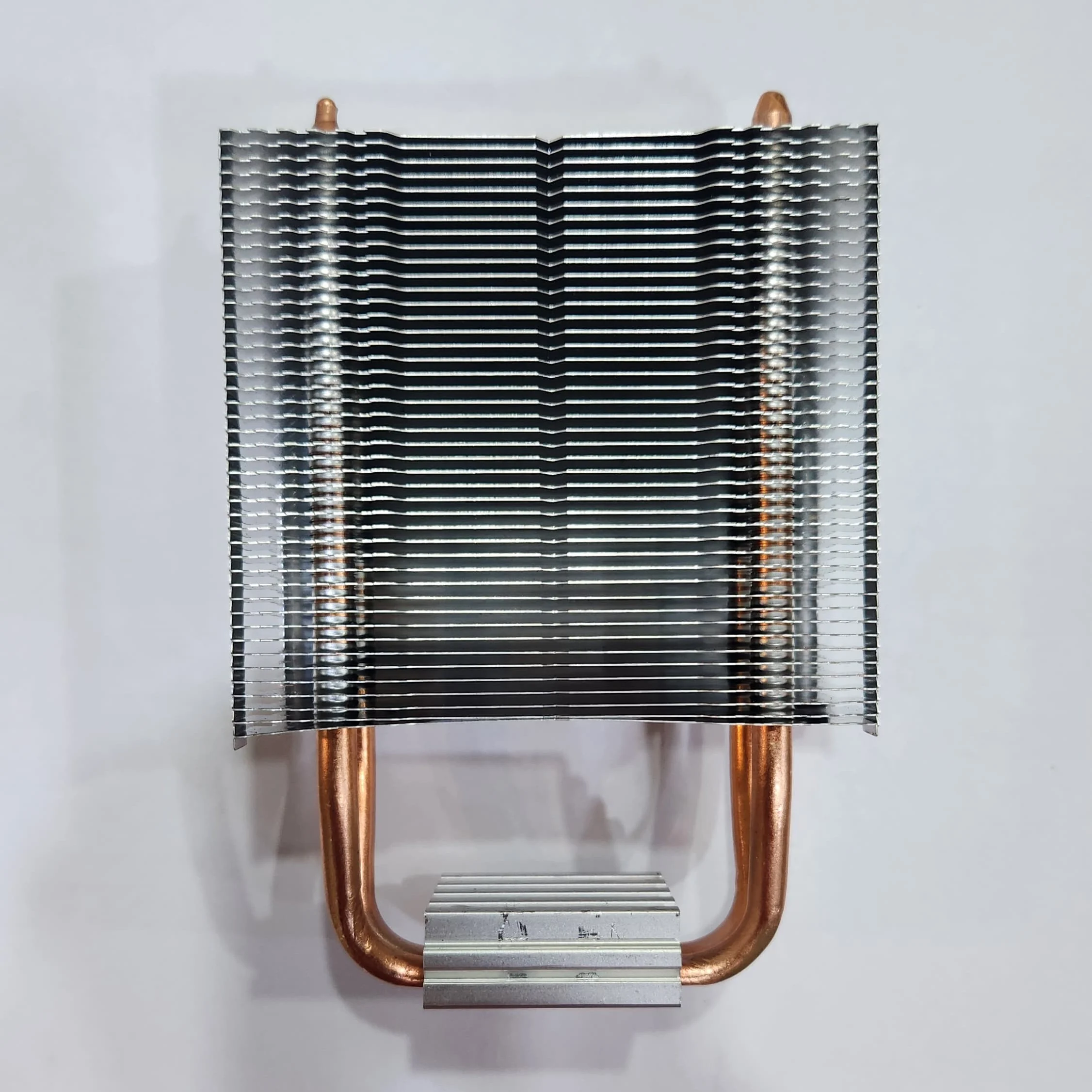Advantages of Heat Pipe Based Heat Sink
1. Efficient Heat Transfer: Heat pipes provide high thermal conductivity (100x that of copper),
transferring heat quickly from the source to the heat sink.
2. Compact Design: Heat sink-based heat pipes are more compact compared to other cooling methods
like traditional air cooling or standalone heat sinks.
3. Passive Cooling: No external power is required (e.g., no fans), reducing energy consumption and
system noise.
4. High Performance in Small Spaces: They can be integrated into compact electronic devices,
efficiently cooling high-power components in confined spaces.
5. Scalable and Flexible: Heat pipes are scalable for various sizes and power requirements, from
small electronics to large industrial applications.
6. Low Maintenance: As passive systems, they require minimal maintenance and have no moving parts,
improving reliability.
7. Uniform Cooling: The use of heat sinks with heat pipes provides more uniform heat distribution,
reducing hotspots.
8. Longevity: Heat pipes have a long operational life due to their lack of moving parts and efficient
cooling properties.

